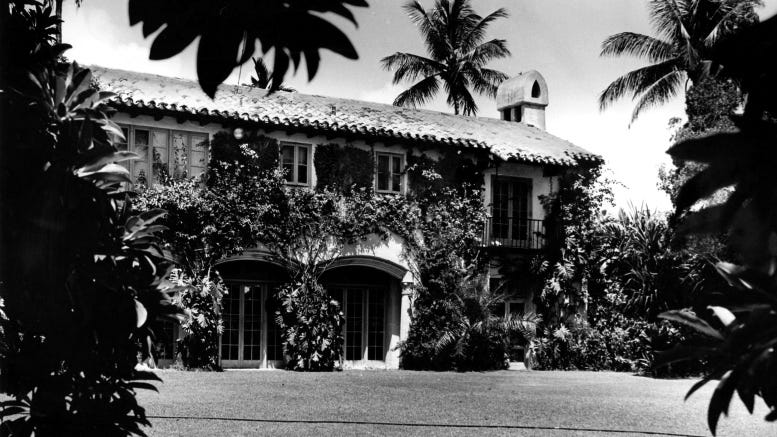Bentley Estate on Star Island
The story of the historic Bentley estate on Star Island in Miami Beach, Florida.
By the early 1920s, Miami and Miami Beach began to experience a population explosion based on the promise of beautiful year-round weather and the opulence of the tropics. This promise appealed to the ‘nouveau rich’ of the Gilded Age, particularly those who built their wealth in northern cities where unpredictable, and oftentimes harsh, winters, were reality for nearly half the year. During what became to be known as the Building Boom decade, South Florida witnessed the formation of neighborhoods and islands that appealed to wealthy northerners who bought lots and built their opulent, second homes in these newly developed quarters.
Calvin Bentley was one of those Gilded Age industrialists who discovered the benefits of wintering in South Florida for the first time in 1922. After two years of renting during his first winter stay, he and his wife, Irma, purchased lot 27 on Star Island to establish their winter roots on the newly developed upscale island. Having made his fortune as president of several Michigan-based companies, and possessing a sizable share of General Motors’ stock, Calvin spared no expense when he commissioned the design and construction of 27 Star Island. This is the story of the Bentley Estate from its construction in 1924 to present day.
Keep reading with a 7-day free trial
Subscribe to Miami History to keep reading this post and get 7 days of free access to the full post archives.




